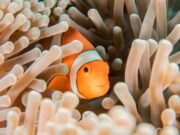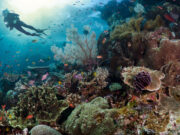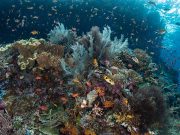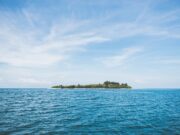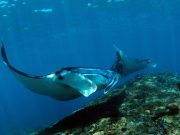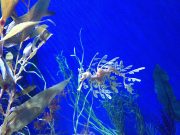Researchers find dolphins to be far more similar to humans than previously thought.
For those who have ever observed monkeys and apes – our closest evolutionary cousins – in the wild, in a zoo,...
99.8% of shark fins come from Indo-Pacific: conservation efforts in Atlantic Ocean are working
People eat a lot of fish. Different sex-changing fish can follow several signals that prompt them to change sex. Some change from female to male at a fixed size or age. Often, fisheries will only harvest fish over a certain size. This means catching more males because they are usually bigger, which then skews the population towards female. Not enough males are then available to fertilise all the eggs produced by the females.
Metals like copper from agricultural runoff and marine paint leaching from boat hulls poses a threat to soft coral sea fans, especially in warming seas.
While plastics and microplastics are a well-known threat to the world's oceans, the effect of...
Scientists have used satellite tracking and a crime-scene technique to discover an important feeding ground for green turtles in the Mediterranean.
University of Exeter researchers measured "stable isotope ratios" - a chemical signature also...
The best way to protect corals threatened by climate change is to conserve a wide range of their habitats, according to a study in Nature Climate Change. The finding likely applies to conservation efforts for many other species in...
Even though European nudibranchs are some of the best studied in the world, scientists have now identified three new species. Divers searched around Europe for Trinchesia sea slugs – in the UK, Ireland, Norway, Sweden, Spain, Italy, France, Croatia and Russia.
Ocean warming is threatening coral reefs globally. Whenever sea temperatures rise in an area, coral reefs degrade. However, a new study has found that corals at or near the equator are less affected than corals elsewhere.
The findings from Florida...
As Plumose anemones can clone themselves, forests of them appear together. They comprise a tall, smooth column topped with a crown of feathery tentacles. Individuals are usually white or orange. They like areas with currents so tend to live on prominent pieces of wrecks or on rocky pinnacles - good diving areas.
Venomous sea creatures often change their venom recipe, adapting the potency and recipe of their venom to suit changing predators and aquatic environments.

